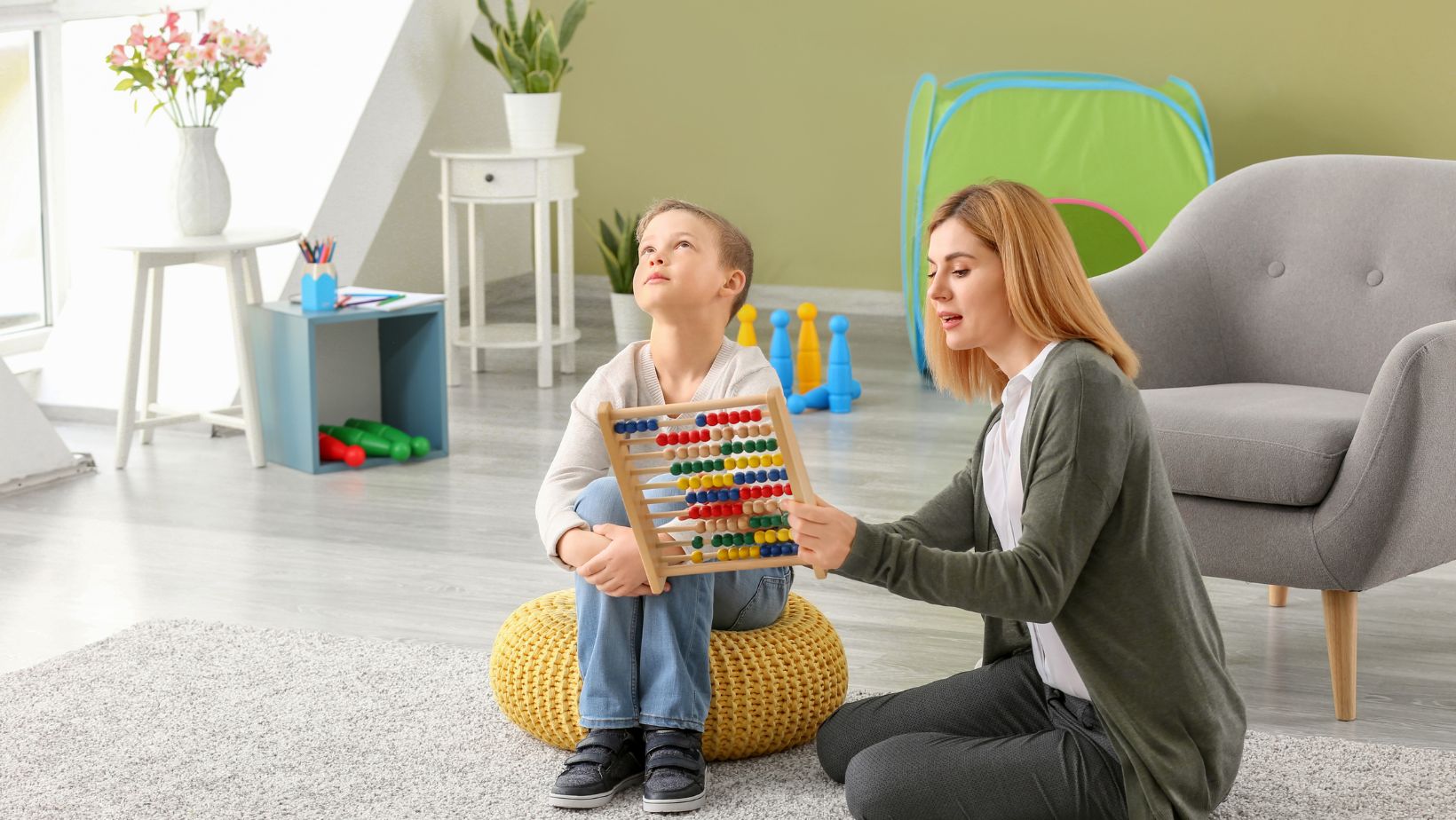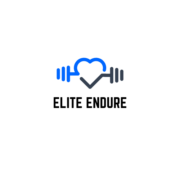Do you or a loved one struggle with focusing, staying organized, or completing tasks? Living with Attention Deficit Disorder (ADD) can feel overwhelming. The good news? You don’t have to rely solely on medication. There are effective ways to manage ADD symptoms right in your own home.
Dr. Daniel Amen, the brain-focused psychiatrist behind Amen University, has spent years uncovering natural approaches that actually work. Let’s dive into some practical strategies you can start using today.
ADD Is More Than Just “Not Paying Attention”
First, let’s clear something up. ADD isn’t simply about not being able to focus.
“When I look at the brain scans of my patients,” Dr. Amen often tells his students at Amen University, “I see that ADD affects different brain systems in different people.”
This means what works for one person might not work for another. But don’t worry – the home strategies we’re about to explore help most types of ADD.
Your Kitchen: The First Stop for ADD Treatment
Would you believe that what you eat might be making your ADD symptoms worse? Or better? It’s true!
Start Your Day with Protein Power
Skip the sugary cereal. When you eat eggs, Greek yogurt, or even a protein smoothie for breakfast, you’re giving your brain the building blocks it needs to make focus-enhancing chemicals. Many of my clients notice they can concentrate much better by making this one simple change.
Try this: Tomorrow morning, have two eggs with a side of berries and notice how your focus compares to a typical day.
Fish, Walnuts and Focus – What’s the Connection?
“My brain feels foggy” is something I hear often from people with ADD. Omega-3 fatty acids – found in salmon, walnuts, and flaxseeds – help clear that fog. Dr. Amen’s research shows these healthy fats are crucial for brain cell communication.
Many people with ADD run low on omega-3s. Adding more to your diet can sharpen your thinking within weeks.
Could Your Favorite Foods Be Making Your ADD Worse?
Sarah, a college student with ADD, couldn’t understand why her symptoms got better during spring break, then worse when she returned to campus. The culprit? The cafeteria’s processed foods.

Food sensitivities – especially to gluten, dairy, and artificial ingredients – can worsen ADD symptoms. Try eliminating suspected trigger foods for two weeks and see if you notice improvements.
Move Your Body, Focus Your Mind
Remember how good it feels after a swim or a bike ride? That mental clarity isn’t just in your head – well, actually, it is! Exercise triggers the release of focus-enhancing brain chemicals instantly.
The 30-Minute Focus Boost
Just 30 minutes of daily movement can work wonders for ADD symptoms. What’s particularly effective are activities that make you think while moving – dancing, tennis, or martial arts. These engage multiple brain areas simultaneously.
Mark, a 42-year-old with lifelong ADD, found that morning jogs before work reduced his need for medication by half. “It’s like my brain gets a reset,” he explains.
Nature’s ADD Medicine
Here’s a simple prescription: take a 20-minute walk in the park. Studies show that being in nature while exercising reduces ADD symptoms more effectively than indoor workouts. The greenery seems to have a calming effect on the ADD brain.
Sleep Better, Focus Better
Do you toss and turn at night? Then struggle to concentrate the next day? You’re not alone. Sleep problems and ADD often go hand-in-hand.
Your Body Loves Routine
Going to bed and waking up at roughly the same time each day helps regulate your body’s internal clock. Even on weekends, try not to vary your schedule by more than an hour.
Create a Sleep Sanctuary
Your bedroom should be a calming space dedicated to sleep. Keep it cool, dark, and quiet. And yes, that means no scrolling through social media in bed!
“The bedroom should be like a cave – cool, dark, and free from electronic distractions,” Dr. Amen often advises his patients.
Wind Down to Power Up
Create a pre-sleep ritual that helps your brain transition to sleep mode. Maybe it’s gentle stretching, reading a physical book, or taking a warm bath. Find what works for you and stick with it.
Train Your Brain with Mindfulness
Mindfulness isn’t just a buzzword – it’s brain training that works especially well for ADD. Even five minutes daily strengthens your brain’s attention networks.

Finding traditional meditation impossible? You’re not alone! Dr. Amen recommends starting with guided meditations specifically designed for ADD brains. These are usually shorter and more varied to keep you engaged.
Lisa, a teacher with ADD, started with just two minutes of guided meditation each morning. “After a month, I noticed I wasn’t losing my train of thought mid-sentence anymore,” she shared.
Make Your Home ADD-Friendly
Your physical environment affects your brain more than you might think.
Clear Space, Clear Mind
Visual clutter competes for your brain’s attention. Take 15 minutes each day to clear one small area. The payoff in improved focus is worth it!
Create Zones for Different Activities
When everything happens everywhere, your brain gets confused. Try having a dedicated work space, relaxation area, and sleep zone.
Time Tools That Actually Help
People with ADD often have a distorted sense of time passing. Visual timers, like sand timers or time-tracking apps, make time concrete and visible.
Breaking tasks into 25-minute chunks with 5-minute breaks (the Pomodoro Technique) works wonders for many with ADD.
Your ADD Game Plan
Treating ADD at home isn’t about finding one magic solution – it’s about combining approaches that work for your unique brain. Start with just one or two changes from this article.
Remember what Dr. Amen teaches at Amen University: “Small changes, consistently applied, lead to remarkable results.”
The strategies we’ve explored – nutrition, exercise, sleep, mindfulness, and environment – can dramatically improve ADD symptoms when used regularly. Many people find they can reduce their reliance on medication or enhance how well their medication works.
Your journey to better focus starts with a single step. Which approach will you try first?

